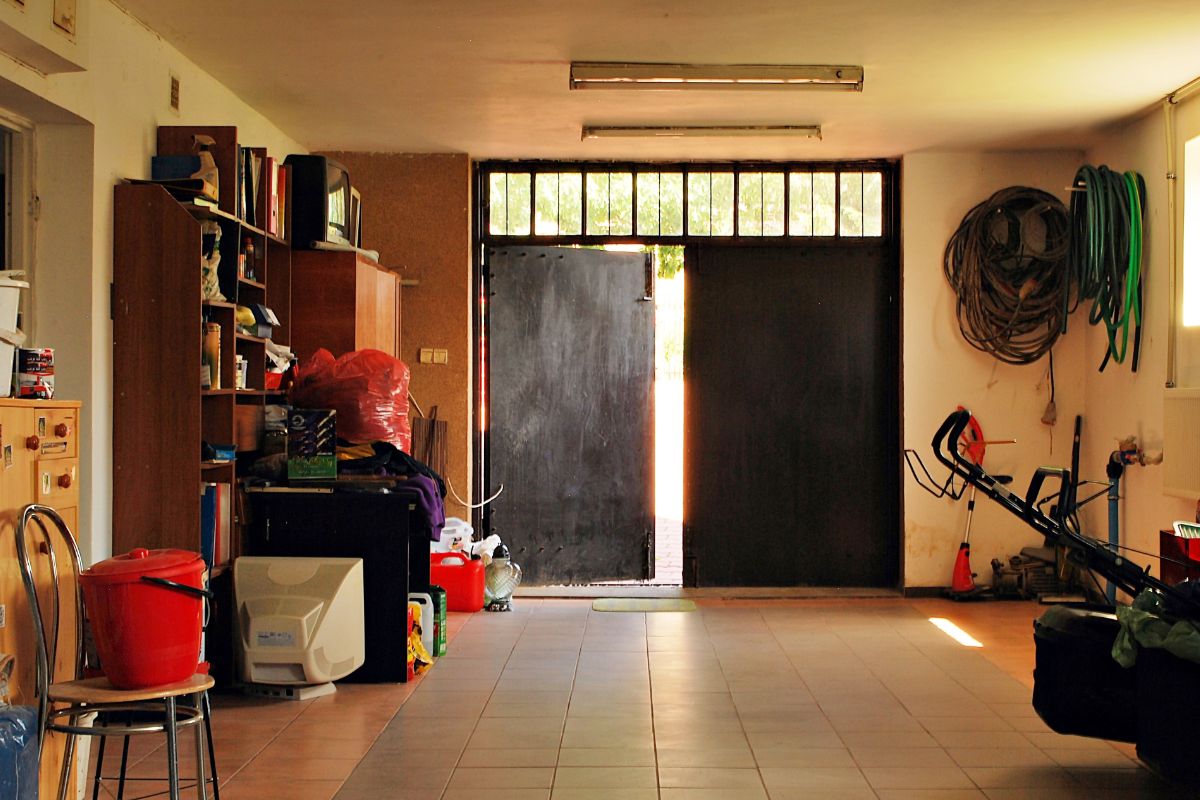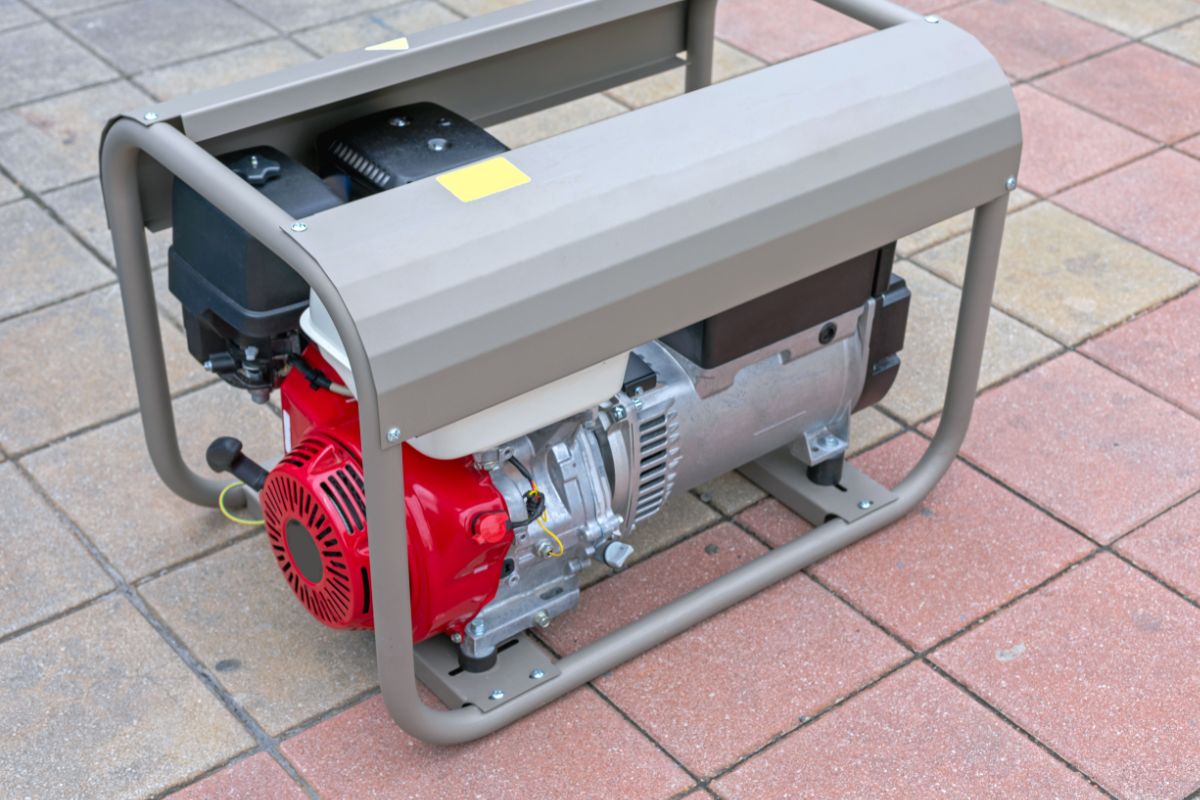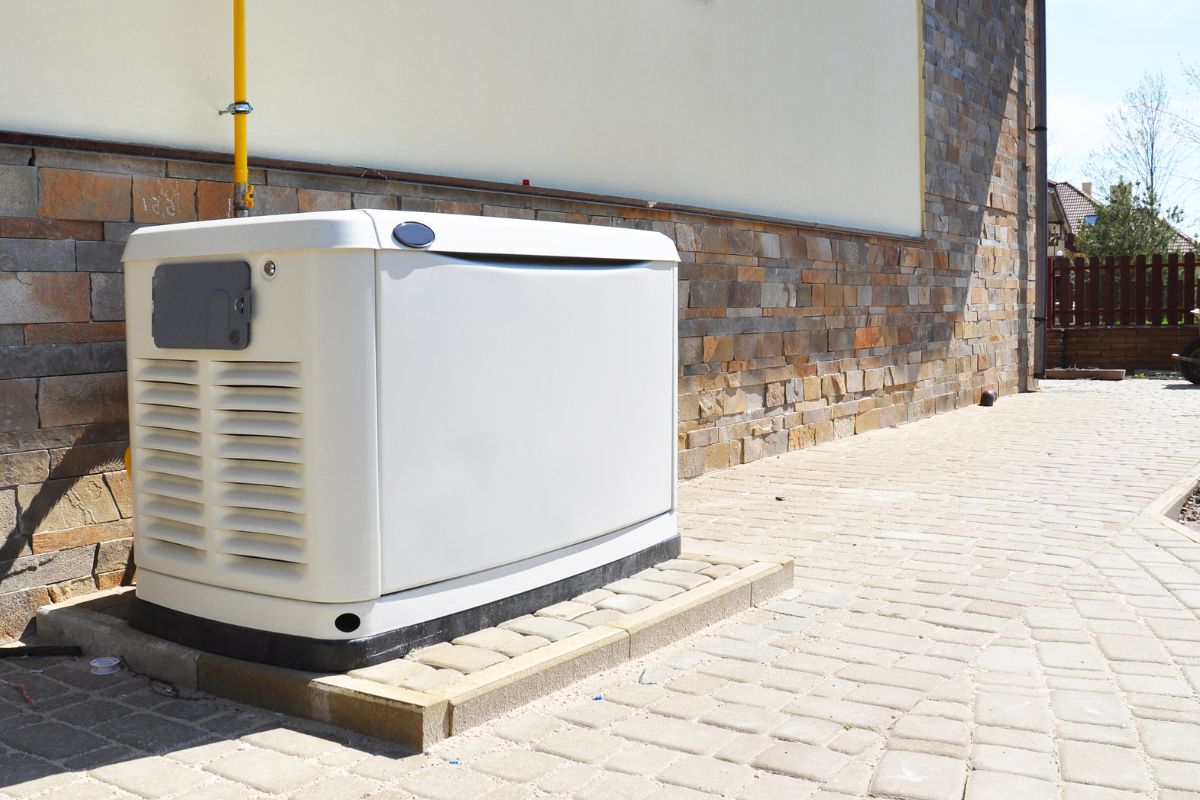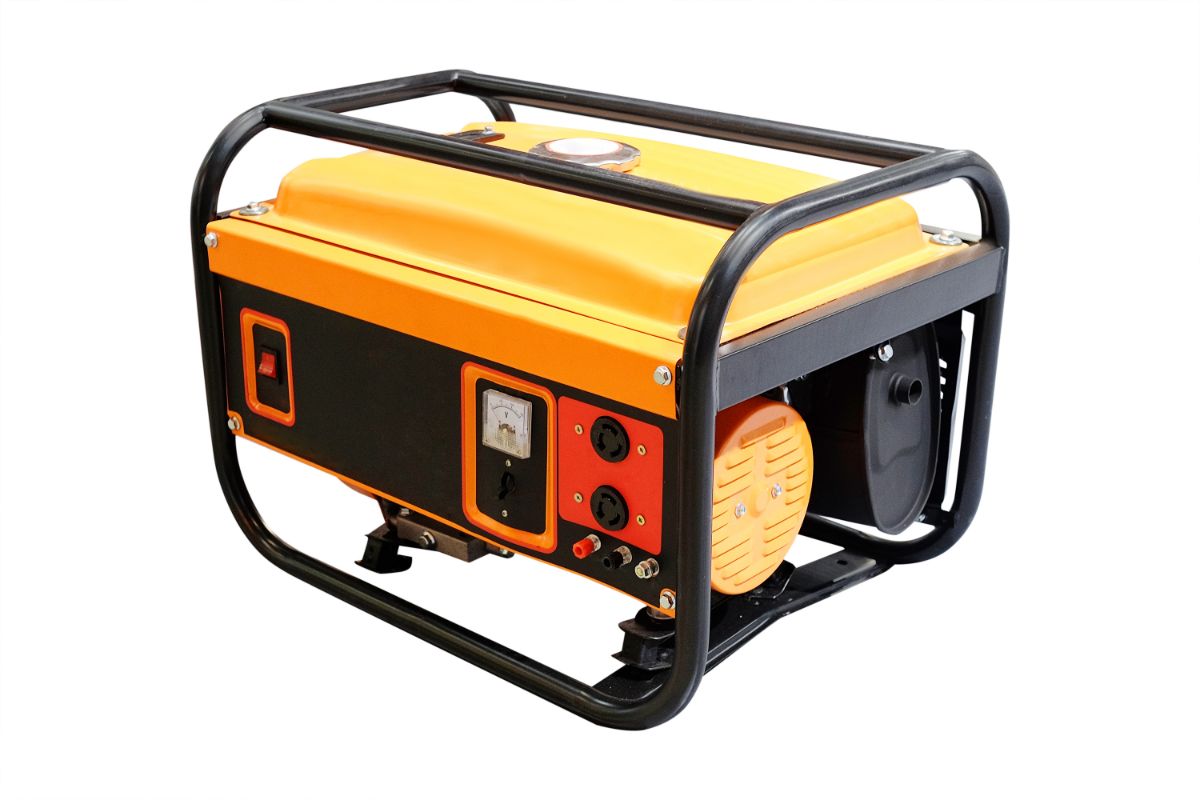Lightweight, reasonably powerful folding (or briefcase) solar panels are as much an essential part of the modern outdoor life as a backpack or a good pair of boots.
But it’s an interestingly specialized niche – some panels lend themselves to folding up and easy carriage into the wilds, others prefer to stay near the van or RV and power the strictly local fun, rather than be taken from pillar to post to middle-of-nowhere.

The Goal Zero Nomad 100 is a briefcase solar panel that’s both powerful and convenient. But which kind of solar panel is it? What does it bring to your power generation needs when you’re out on the road or out in the wild?
We’re not going to make you wait for the answer to that question. The Goal Zero Nomad 100 is much more of an at home panel. Yes, we appreciate the irony, given its “Nomad” name.
It’s lightweight, portable to some extent, and does its job well enough to charge your fun-machines, absolutely, but there are pointers along the way in its design and build that indicate that this is not a panel to take into unknown country.
It does not love to go a-wandering, but if you treat it right and let it do what it’s best at, it can boost your electrical pleasure while you’re on a camper or RV excursion into relatively uncharted territory.
Let’s take a look at what makes us think the Nomad 100 is more suited to vehicular-assisted adventure than striding boldly into the wild.
Goal Zero Nomad 100
Cable output
The Goal Zero Nomad 100 uses an 8mm connection. That’s good news – in fact, that’s especially convenient, as it means it can pair it with not only the popular Goal Zero Yeti power stations, but also with any other power stations or solar panels that use an 8mm port.
Many other power stations and solar panels use the 8mm port, so the Goal Zero Nomad 100 plays well with lots of others and has a pretty ubiquitous connection, for use in a group or to generate energy in a popular power station.
The only thing to check when you buy the Goal Zero Nomad 100 is that, if you’re using it with a non-Goal Zero product, that other product can cope with 18-22V VOC. If not, it won’t play that well after all.
While it might feel negative to take this slant, the extremely gregarious connection port means you can have a lot more fun if you take several panels and/or a power station along with you – and you’re not going to do that if you’re pulling on your sturdy boots and heading into the wild.
The Nomad wants its friends around it, and to do that realistically, you’re looking at a van or RV, rather than anything strapped to your back.
Wattage
This might feel a little too obvious, but the Goal Zero Nomad 100 can give you 100 watts of power. All you need to do is make sure your Nomad 100 has a decent line-of-sight to the sun, and you’re good to go.
If your power station supports such inputs of course, as the Yeti 1000 does, you can connect several Nomad 100 panels together and have yourself a power party.
Supports
Sadly, unlike several competitor briefcase solar panels, the Goal Zero doesn’t come with any kickstand or similar support. That can mean it’s tricky to use unless you have something handy on which you can put it so that it catches the maximum solar energy for its position.
You can stand it up once it’s been unfolded but the slightest breeze can make it fall down unless tied into place.
Is this a deal-breaker? Not in any sense, no. The Goal Zero can be propped and tied against a tree very easily, or on top of a vehicle, and then it’s power all the way.
Would it be a better solar panel if it came supplied with a kickstand or similar device to prop it up? Yes. Yes, it would. That said, the ‘pack up and go’ simplicity of the unsupported Goal Zero means it’s more suited to RV life than with taking it hiking into the woods.
Weight and Portability
This is probably the central point that makes the Nomad feel like a van or RV solar panel, rather than one to take with you into the woods. But it’s also one of the more confusing points about it.
Here’s the deal: the Nomad 100 is a very lightweight panel, given the power it produces. In fact, weighing at just 10 pounds, it is over 15 pounds lighter than the equal-powered Boulder 100.
That’s a lightness that is both partly explained by a lack of carrying handles or a carrying case. There are a pair of loops, by which you can hang the Nomad up, but those loops presuppose having something from which to hang it.
They also don’t really equate to an easy way of carrying the panel along if, say, you’re hiking into the woods in search of a sunny clearing.
So while its lightness is a distinct bonus over some of its competitors when it comes to pulling it out, setting it up and folding it away, that lightness doesn’t necessarily translate into easy portability.
That’s especially worth noting when you consider that despite its lightness, the Nomad 100 is on the larger side (20″ X 15″ X 2″). And the point is this: Goal Zero is a great brand.
It’s practically unthinkable that a brand like that would create the Nomad 100 and then just forget to give it the carrying handles or the carrying case it needs to be a genuine contender for the hiking market.
That size, combined with the lack of dedicated carrying handles or any carrying case, means it’s deliberately less portable than might be wished by hikers.
But for those with vans or RVs, it could well be exactly what’s needed to give extra power on afternoons in the wild, or away from mainstream power connections.
Durability
Again in terms of durability, the Nomad 100 pushes itself firmly into one niche and withdraws itself from another. The flexible monocrystalline panel is not the kind to be left out overnight, especially in the wild.
It is not only large and light and so potentially open to wind and weather damage, it is also prey to potentially curious animals with claws that might do it significant harm while you sleep.
And if you wouldn’t leave it out overnight, there’s an argument you shouldn’t carry it into the wild with you either. Scratches, potential accidental encounters with mud or water, you name it, the Nomad 100, without any carrying case, was likely not intended for it.
But hanging up near the van? No panic, no drama, lots of power generation.
So in durability terms, it’s not so much a Nomad as a Stay-Homad. But if you have a small vehicle, a van or RV, it has the speed and ease of use that means you can park up, unfold it, strap it in place or hook it over a convenient branch or part of the van, and leave it to collect its power at leisure.
Then, when you turn in at night, it’s easy to fold up and bring indoors with you. So while it probably wouldn’t win any durability contests, even in its size and class, what it has instead is an ease and a convenience factor that still lets it compete with its fellow travelling solar panels overall.
Size
We’ve said that the Nomad 100, while significantly lighter than much of the competition at just 10 pounds, is on the bulky, awkward side for hiking into the woods. That’s to do it a slight injustice though.
Yes, it’s a bigger panel than some when it’s unfolded and soaking up the rays, but when you want to fold it away for storage, the Nomad 100 will make several inches less of itself than the likes of the Boulder 100.
As such, it makes itself a friendly option when in a smaller vehicle, like a van, in a way that some other panels struggle to do, preferring portable convenience over compact storage size.
So, let’s recap. The Nomad 100 is a briefcase solar panel that’s large when expanded, so it can soak up sunshine and turn it into power pretty quickly.
It plays well with other panels and power stations, but is extremely lightweight. It stores easily, but it is less durable than it needs to be to tackle the wilds encountered by dedicated hikers.
And most crucially, it has neither carrying handles nor a carrying case, which makes it if not entirely prohibitive to take with you on hikes and nature walks, at the very least not as adaptable to that activity as plenty of its rivals.
As such, the Nomad 100 is ideal for civilized, near-van power supplying any time you take to the backroads. But as a rugged, hiker’s solar panel, it bows to many others on the market.




